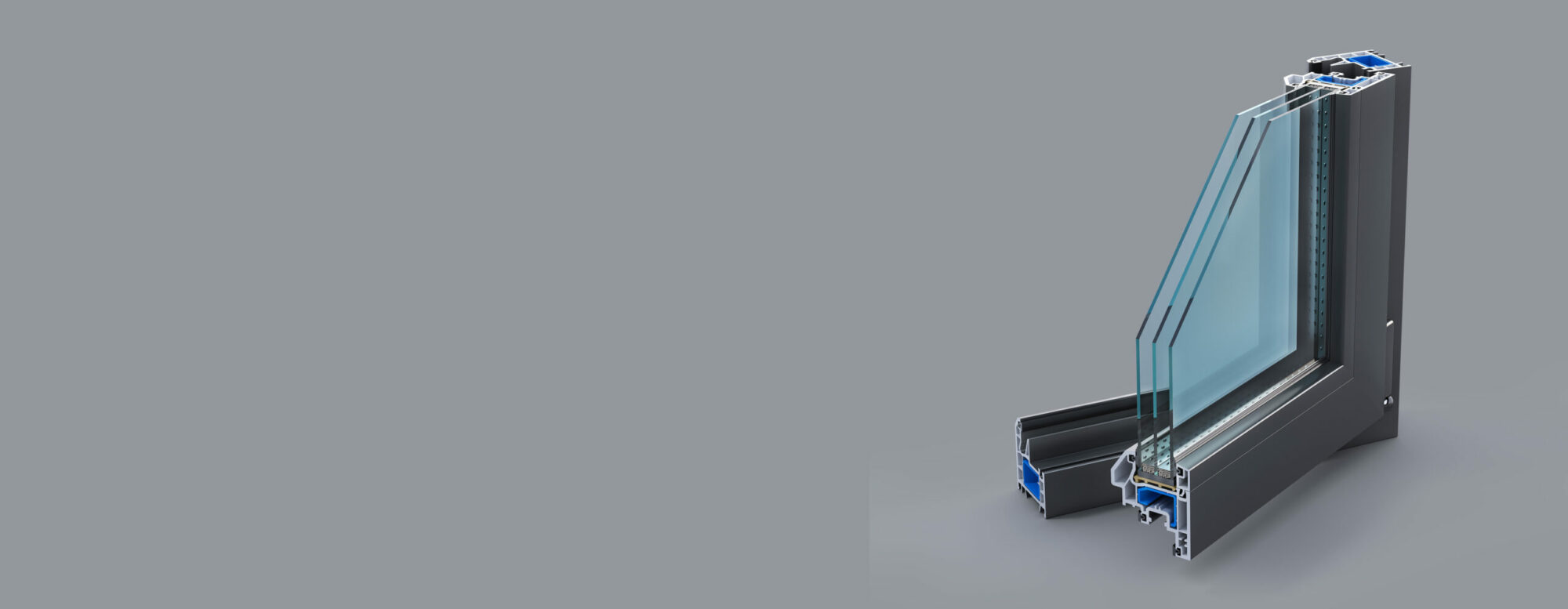
Window Glazing
What is Window Glazing?
Window glazing refers to the process of installing glass panes into window frames to enhance insulation, energy efficiency, and overall structural integrity. It involves securing the glass within the frame using various materials such as putty, sealants, or specialized glazing compounds. Window glazing serves multiple purposes, including preventing air and water infiltration, reducing noise, and improving thermal performance. There are different types of glazing, such as single-pane, double-pane, or even triple-pane configurations, each offering varying degrees of insulation. Additionally, advancements in glazing technology have led to the development of low-emissivity coatings and gas-filled spaces between panes, further enhancing a window’s ability to control heat transfer. Proper window glazing is crucial for maintaining a comfortable indoor environment and optimizing energy efficiency in buildings.
Types of Window Glazing
Selecting the proper windows for your home enhances its visual appeal and plays a significant role in maintaining a comfortable temperature throughout the year. As you weigh your options, you will come across window glazing alternatives that boost your home’s energy efficiency. To choose the right product, it’s essential to comprehend the benefits of window glazing for your home.
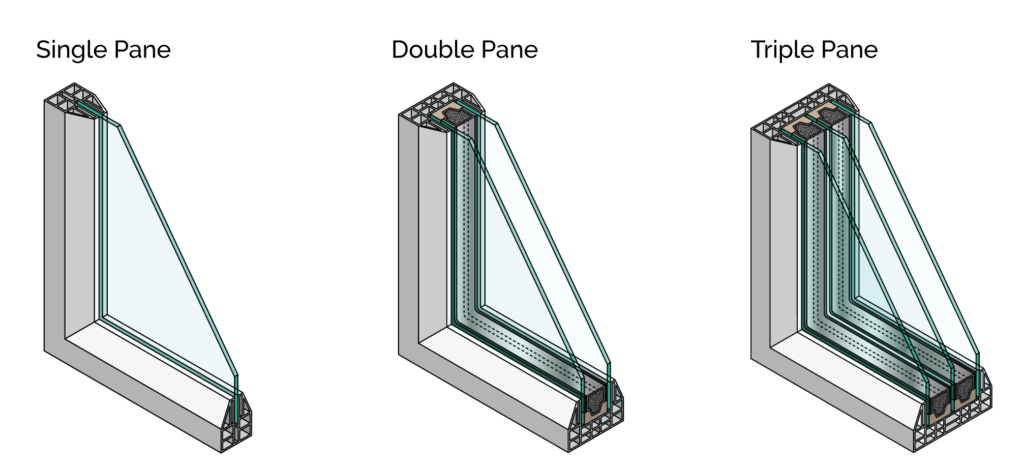
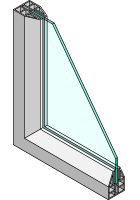
Single glazed windows
Single-glazed windows consist of a single pane of glass and are a cost-effective option for homeowners seeking essential insulation. These windows provide a clear view of the surroundings but offer limited thermal efficiency compared to double or triple-glazed alternatives. While they are more budget-friendly upfront, the long-term energy savings may be compromised due to heat loss and increased utility bills. Single-glazed windows are affordable compared to other types of windows, making them an attractive choice for those on a tight budget. The cost ranges from $50 to $200 per window. However, consumers need to weigh the upfront savings against potential higher energy expenses in the future, especially in regions with extreme temperatures.
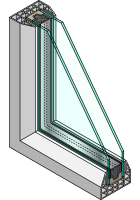
Double glazed windows
Double-glazed windows, featuring two layers of glass separated by a layer of inert gas, provide superior insulation compared to single-glazed alternatives. This design significantly reduces heat transfer, enhancing energy efficiency and contributing to lower utility costs. Although double-glazed windows may have a higher initial cost, they are a cost-effective investment in the long run due to energy savings. The cost ranges from $385 to $850 per window. The improved insulation also helps maintain a comfortable indoor temperature year-round, reducing the need for excessive heating or cooling. Homeowners looking for a balance between upfront cost and long-term energy efficiency often find double-glazed windows to be a wise choice, as they contribute to both sustainability and financial savings over time.
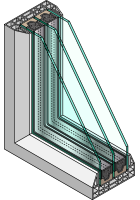
Triple glazed windows
Triple-glazed windows, equipped with three layers of glass and two insulating layers of gas, represent the pinnacle of energy efficiency in window technology. These windows provide outstanding insulation, minimizing heat transfer and enhancing thermal performance even more than double-glazed options. Although triple-glazed windows are more expensive than single and double-glazed alternatives, they provide significant energy savings and improved comfort levels, which can justify the investment for many homeowners. The cost of triple-glazed windows ranges from $550 to $3,550 per window. In regions with extreme temperatures, the enhanced insulation of triple-glazed windows can lead to substantial reductions in heating and cooling expenses over time, making them a premium but worthwhile choice for those prioritizing long-term efficiency and sustainability.
Benefits of Window Glazing
 Window glazing, a technique that involves adding an extra layer of insulation to windows, offers many benefits backed by compelling statistics. According to a study by the U.S. Department of Energy, homes can lose up to 30% of heating and cooling energy through inefficient windows. However, incorporating window glazing can reduce heat transfer by up to 50%, as reported by the International Energy Agency. This translates into substantial energy savings and a significant reduction in carbon emissions. The National Renewable Energy Laboratory (NREL) further highlights that properly glazed windows can enhance natural lighting, reducing the need for artificial lighting by around 20%; climate and regional factors influence window glazing choices. In essence, window glazing emerges as a practical and sustainable solution, transforming windows into energy-efficient assets contributing to environmental conservation and cost savings.
Window glazing, a technique that involves adding an extra layer of insulation to windows, offers many benefits backed by compelling statistics. According to a study by the U.S. Department of Energy, homes can lose up to 30% of heating and cooling energy through inefficient windows. However, incorporating window glazing can reduce heat transfer by up to 50%, as reported by the International Energy Agency. This translates into substantial energy savings and a significant reduction in carbon emissions. The National Renewable Energy Laboratory (NREL) further highlights that properly glazed windows can enhance natural lighting, reducing the need for artificial lighting by around 20%; climate and regional factors influence window glazing choices. In essence, window glazing emerges as a practical and sustainable solution, transforming windows into energy-efficient assets contributing to environmental conservation and cost savings.
Another case study by the Department of Energy’s Pacific Northwest National Laboratory demonstrates that thin triple-pane windows can increase a home’s window energy performance by 40%, improving interior comfort and blocking more exterior noise.
Investing in energy-efficient windows can provide you with numerous benefits. Not only do they improve the overall comfort of your home, but they also help reduce your monthly utility bills. Additionally, purchasing energy-efficient windows often makes you eligible for federal, state, and local rebates and tax incentives, which helps lower the actual cost of the windows below their sticker price.
Related blogs: double-pane vs. triple-pane windows: which is better?
